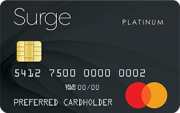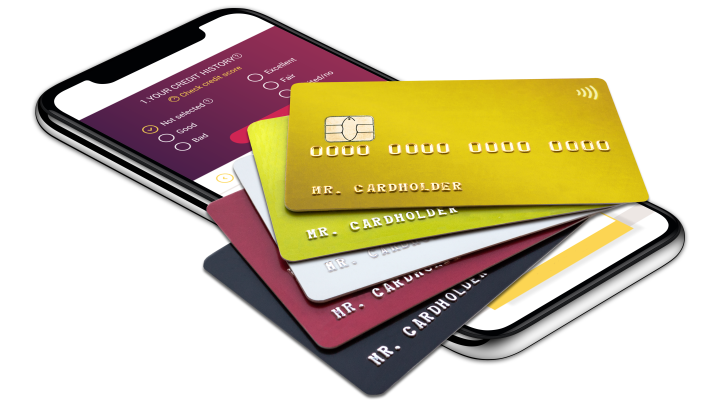The content on this page is accurate as of the posting date; however, some of the offers mentioned may have expired.
First, try to check your credit reports to see if there are any derogatory marks, namely unpaid accounts, missed payments, and more. Derogatory marks can affect your credit score, your ability to be approved for credit, and the interest rates an issuer or lender offers you.
For instance, if you have a record of credit card defaults, charge-offs, judgments, or a recent bankruptcy, you will likely have trouble getting approved for an unsecured credit card until you improve your credit history.
So, initially, it's better to solve the problem with the current bad marks on your credit report and then try to get a new credit card or a loan.
In case you've just started building your credit, it may be more possible to qualify for an unsecured credit card, but the terms are unlikely to be attractive.
You might want to consider the Surge® Platinum Mastercard®. It is an unsecured credit card designed for limited or poor credit, and no upfront security deposit is needed upon approval.
If you cannot qualify for a credit card, you might want to consider taking a small personal loan (in the amount of $200-300). Try to make regular payments during the whole period and pay it off in full without an early repayment. Then you can check your credit report again to see if there have been any positive changes to your credit score. If it improves a bit, you can try to get a credit card again.
Paying on time is one of the easiest ways you can raise your credit score, as your credit payment history accounts for up to 35% of your FICO score. Credit utilization is your ratio of credit card debt to the credit limit and the second-biggest item affecting your FICO score. So, your debt-to-limit ratio should be no higher than 30%, or even better, no higher than 10%.






